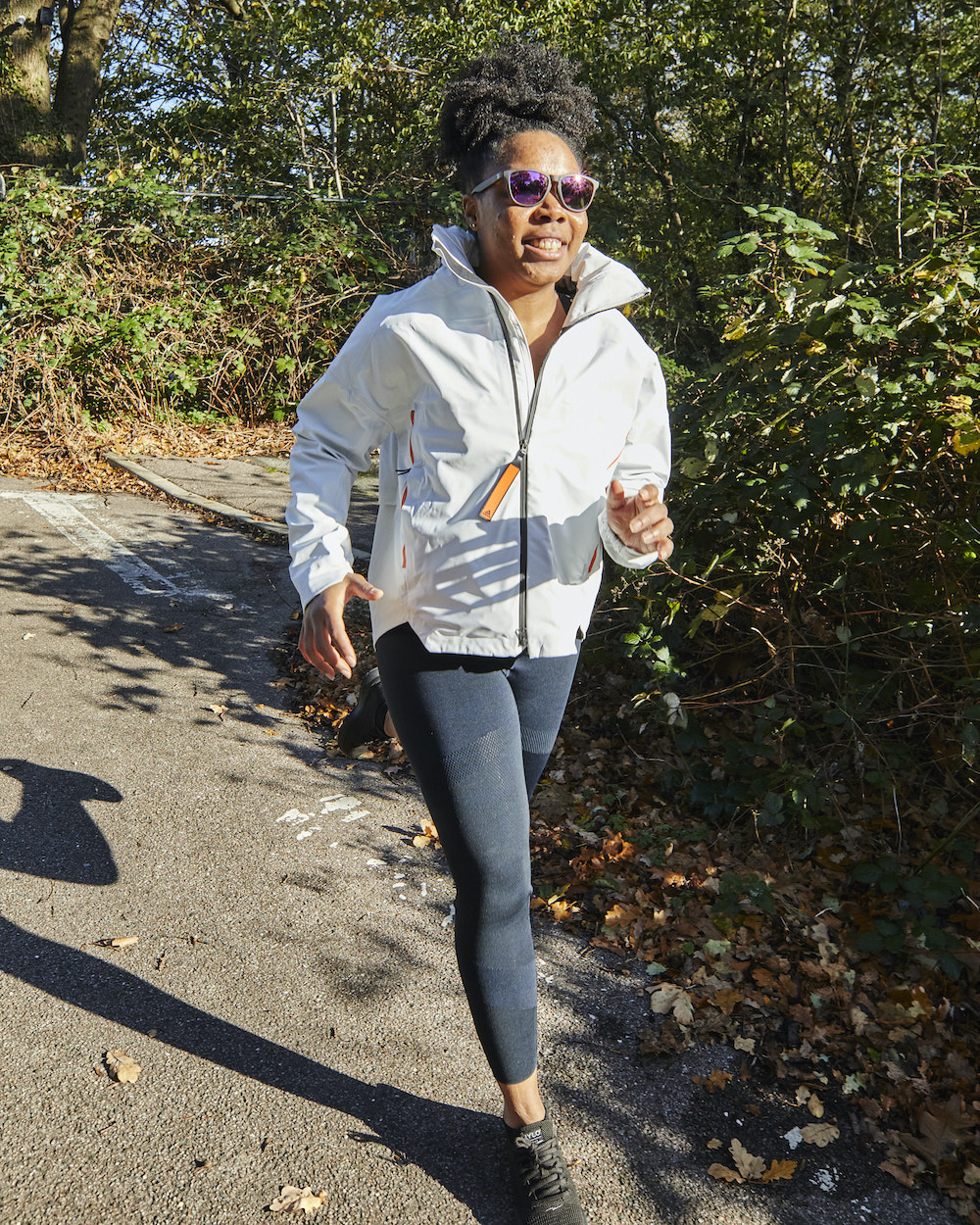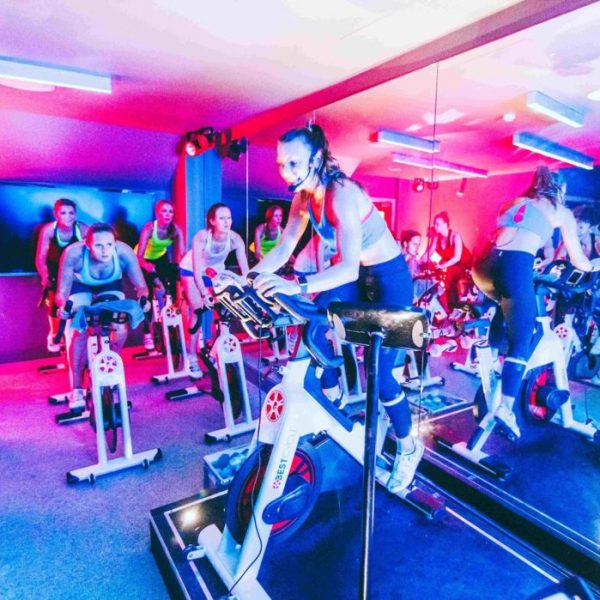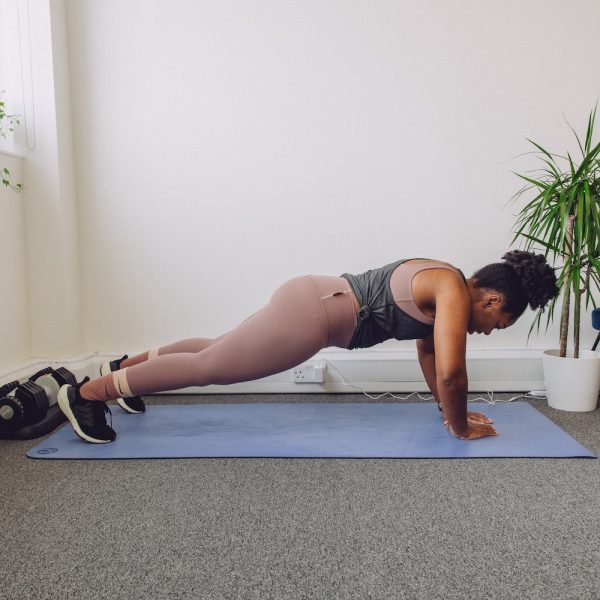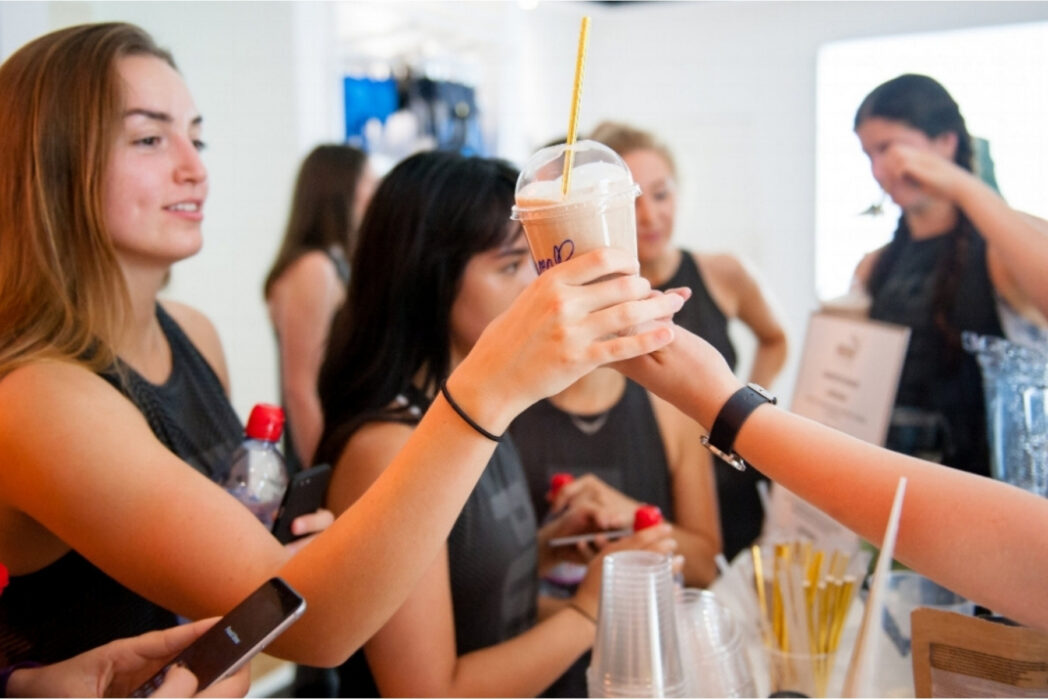
Have you ever tested your running fitness?! Whether you’re new to running, or consider yourself a seasoned runner, how do you know when you have made progress if you have no way of measuring it? Well, the Cooper 12-minute run test is one way – and I’d forgotten about it until I had to do it recently as part of an endurance running immersion week with Red Bull and Ultra Athlete Tom Evans.
In 1968, M.D. Kenneth Cooper developed a simple way to measure aerobic fitness and VO2 max levels that a person can achieve during a 12min run. This fitness test is used widely amongst military groups and is also a well-known test within the athletic world.
What is the Cooper Run Test?
The Cooper Run Test is a 12min aerobic fitness test used as a field test for military personal and avid athletes alike to estimate VO2 max and aerobic fitness. This is achieved through the observation of distance a person performs in a 12min run.
Dr. Cooper understood that there was a correlation between the distance a person could walk or run in 12mins and their VO2 max levels. VO2 max is the measurement of efficiency a person has in using oxygen during an exercise.
Cooper Run Test Instructions
To perform the Cooper Run Test, first, you must do a quick 10-15min warm-up. You can use the warm up to maybe gauge which speed you will work at during the test. All you need is a treadmill (or track) to measure distance and a stopwatch to record your time or you can use your GPS watch like I did, if you have one.
If you’re new to running / exercise, then it’s worth talking to your GP before performing the test as it can be a little strenuous. And if you need to, maybe have a a friend join you to monitor your run and the timings.
A measured track works better than an unmeasured one as it helps you accurately record the number of miles you ran or walked during the 12min test. When it comes to how to do the Cooper Run Test accurately, the above is the best method.
The aim of the game is to see what distance you can cover in the 12 minutes, without stopping, at a sustainable pace. So, there’s no up and down in speed throughout; you are permitted to increase or decrease the speed at the 6 minute mark only.
Once you have reached 12 minutes, record the distance to the nearest 100 metres (along with age and gender) to calculate an estimate of aerobic capacity (VO2 max).
I last did this test in July where I managed 2.02km (2020m rounded down to 2000m) in the 12 minute time allocated.

Cooper Run Test Results
There are two different formulas to calculate your Cooper Run Test results. This is because you can measure your distance in either miles or kilometers. Here are the equations (grab your calculator!)
Miles: (39.57 x miles) – 11.29 = VO2 max
Kilometers: (22.351 x kilometers) – 11.288 = VO2 max
or
VO2 max = (distance in metres – 505) / 45
Now check out the table below to work out where your distance places you…
| Age | Very good | Good | Average | Bad | Very bad | |
|---|---|---|---|---|---|---|
| 13-14 | M | 2700+ m | 2400 – 2700 m | 2200 – 2399 m | 2100 – 2199 m | 2100- m |
| F | 2000+ m | 1900 – 2000 m | 1600 – 1899 m | 1500 – 1599 m | 1500- m | |
| 15-16 | M | 2800+ m | 2500 – 2800 m | 2300 – 2499 m | 2200 – 2299 m | 2200- m |
| F | 2100+ m | 2000 – 2100 m | 1700 – 1999 m | 1600 – 1699 m | 1600- m | |
| 17-20 | M | 3000+ m | 2700 – 3000 m | 2500 – 2699 m | 2300 – 2499 m | 2300- m |
| F | 2300+ m | 2100 – 2300 m | 1800 – 2099 m | 1700 – 1799 m | 1700- m | |
| 20-29 | M | 2800+ m | 2400 – 2800 m | 2200 – 2399 m | 1600 – 2199 m | 1600- m |
| F | 2700+ m | 2200 – 2700 m | 1800 – 2199 m | 1500 – 1799 m | 1500- m | |
| 30-39 | M | 2700+ m | 2300 – 2700 m | 1900 – 2299 m | 1500 – 1899 m | 1500- m |
| F | 2500+ m | 2000 – 2500 m | 1700 – 1999 m | 1400 – 1699 m | 1400- m | |
| 40-49 | M | 2500+ m | 2100 – 2500 m | 1700 – 2099 m | 1400 – 1699 m | 1400- m |
| F | 2300+ m | 1900 – 2300 m | 1500 – 1899 m | 1200 – 1499 m | 1200- m | |
| 50+ | M | 2400+ m | 2000 – 2400 m | 1600 – 1999 m | 1300 – 1599 m | 1300- m |
| F | 2200+ m | 1700 – 2200 m | 1400 – 1699 m | 1100 – 1399 m | 1100- m |
Here is the VO2max chart for females:
| Age (years) | ||||||
|---|---|---|---|---|---|---|
| rating | 18-25 | 26-35 | 36-45 | 46-55 | 56-65 | 65+ |
| excellent | > 56 | > 52 | > 45 | > 40 | > 37 | > 32 |
| good | 47-56 | 45-52 | 38-45 | 34-40 | 32-37 | 28-32 |
| above average | 42-46 | 39-44 | 34-37 | 31-33 | 28-31 | 25-27 |
| average | 38-41 | 35-38 | 31-33 | 28-30 | 25-27 | 22-24 |
| below average | 33-37 | 31-34 | 27-30 | 25-27 | 22-24 | 19-21 |
| poor | 28-32 | 26-30 | 22-26 | 20-24 | 18-21 | 17-18 |
| very poor | < 28 | < 26 | < 22 | < 20 | < 18 | < 17 |
And for males:
| Age (years) | ||||||
|---|---|---|---|---|---|---|
| rating | 18-25 | 26-35 | 36-45 | 46-55 | 56-65 | 65+ |
| excellent | > 60 | > 56 | > 51 | > 45 | > 41 | > 37 |
| good | 52-60 | 49-56 | 43-51 | 39-45 | 36-41 | 33-37 |
| above average | 47-51 | 43-48 | 39-42 | 36-38 | 32-35 | 29-32 |
| average | 42-46 | 40-42 | 35-38 | 32-35 | 30-31 | 26-28 |
| below average | 37-41 | 35-39 | 31-34 | 29-31 | 26-29 | 22-25 |
| poor | 30-36 | 30-34 | 26-30 | 25-28 | 22-25 | 20-21 |
| very poor | < 30 | < 30 | < 26 | < 25 | < 22 | < 20 |
Looks like my 2020 results place me in ‘good’ for distance and above average for my predicted VO2 max, which does leave me some room for improvement.
The last time I remember measuring my VO2 max was in May of 2012 using the Rockport Walking Test in which I calculated my VO2 max to be 44.97 (above average according to the table above).
There are also several online calculators to help you calculate your results allowing you to compare the Cooper Run Test average results of people with a similar age and gender as you. Online charts are equally helpful in finding the average results of your run, if you can’t be bothered to read the ones above!
For example, a Male in his 20s will have an average result of 2200-2399 meters for his 12min run. This distance can be plugged into the above equation or an online calculator to determine VO2 max values.
How To Improve The Cooper Run Test
To improve your Cooper Run Test results, you can consider speaking to a qualified running coach on the best methods for honing your cardiovascular endurance. Since the Cooper Run Test is focused on aerobic and cardio health, you should focus on these areas of exercise when seeking improvement.
You may require more cardio-based workouts such as medium runs over an extended period, cycling, cross-country runs, or hiking. Here are some tips for training to run your best 10km and ways to unleash your full running speed. With the right training, you can achieve a better test result.
Have you done the Cooper Run Test before?! If you attempt it, let me know your scores in the comments section below…
Elle
p.s Safety always comes first. If you are new to exercise ensure you seek advice from your GP. Make sure you drink plenty of fluids, wear appropriate clothing and carry out drills in a suitable space. Technique is paramount, and nothing should hurt. Should you experience pain, discomfort, nausea, dizziness, chest pain, shortness of breath etc, STOP and consult your GP.





![🍊+ 🍋🟩 = WILD 💫it’s time for a new armpit scent and I’ve gone for pink grapefruit and lime… kinda sounds and smells like a cocktail 🍹if you’ve been thinking about making the switch when it comes to deodorant, shampoo, body wash or even (the currently sold out 🥲) lip balm, now is the time 😝[aff 🔗] I gots 20% off for ya with the code ELLE2024💥 or comment WILD below and I’ll send ya the link 📨🏷️: #natural #lowtox #morningroutine #skincareroutine #personalcare #keepitsimpElle](https://www.keepitsimpelle.com/wp-content/plugins/instagram-feed/img/placeholder.png)

Where do you meet on Wednesday
Hi Sharon, are you referring to the meet ups in Loughton?? If so, all the info is on this page: https://www.keepitsimpelle.com/running-club-loughton/
we currently meet on Sunday mornings and Monday evenings.
I've gotta try this, thanks Elle 🙂
Let me know how you get on 🙂